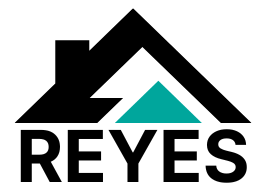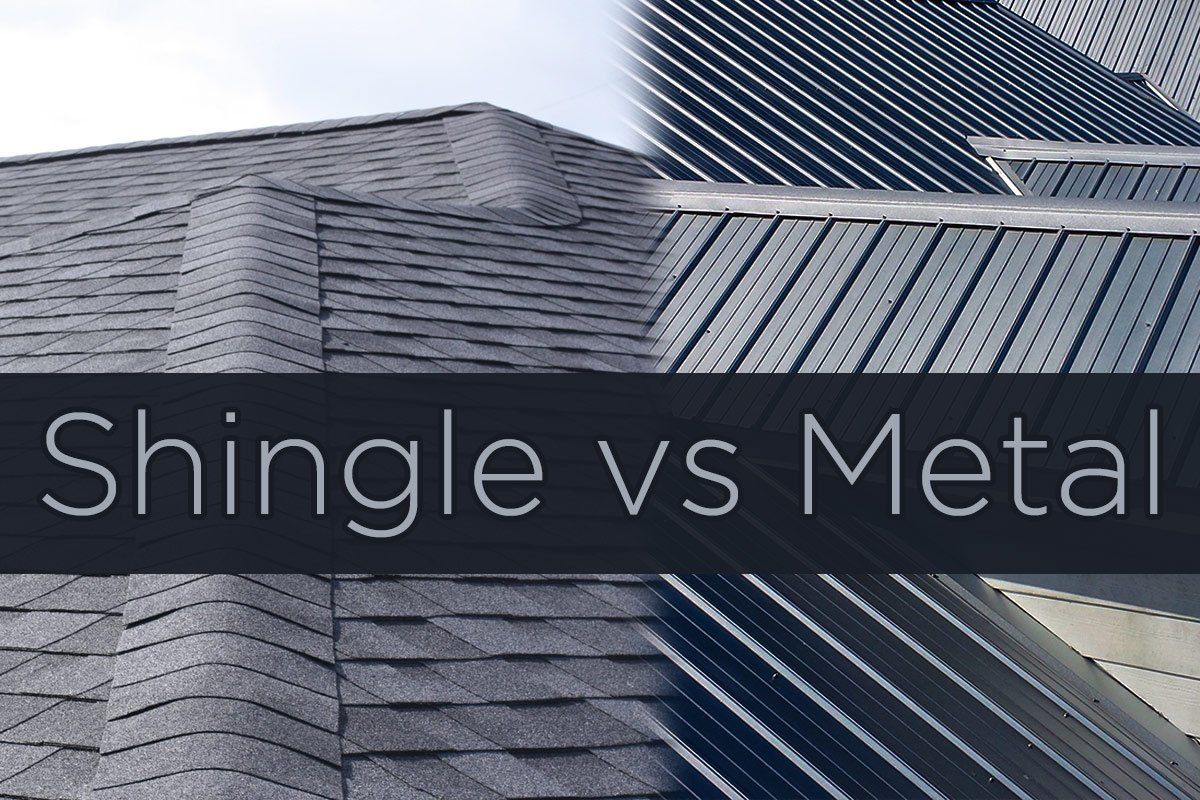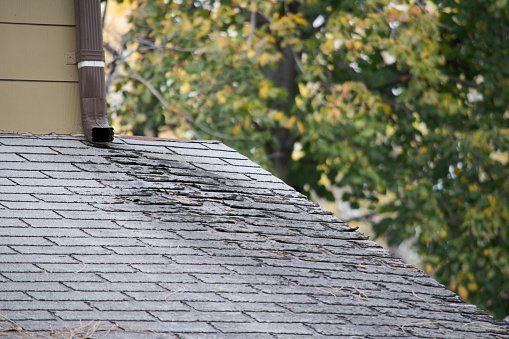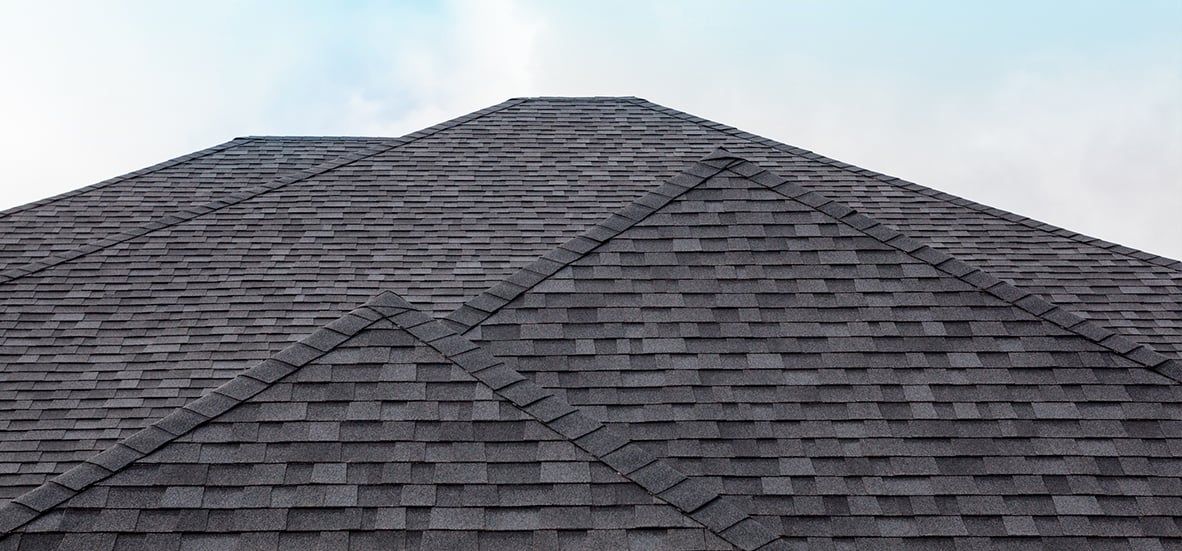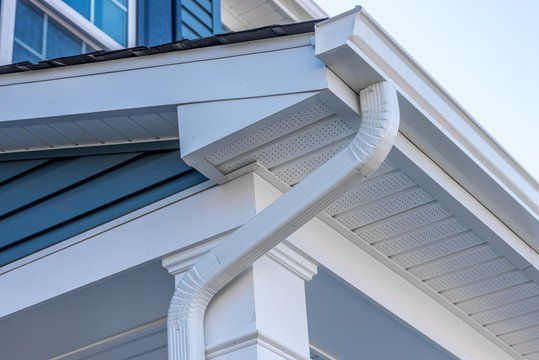01 Aug, 2022
There are many different roofing types to choose from for your home. Shingles tend to be a common choice for homeowners. When it comes to your home, there are many varieties and types of shingles to choose from. As a homeowner, the type of shingle you choose for your home matters more than you think. To find the best shingles for your roof, there are a few aspects to consider before making a decision, like personal preference, the location of your home, and your home’s design. Find the best roofing shingles for your home by using this informative guide to learn about the four common residential shingle types. Common Types of Roofing Shingles When it comes to residential roofing materials, you will find a wide range of options on the market today. The same can be said for shingles. Shingles are a popular roofing material choice for homeowners because of their variability in material, a wide range of cost, ease of replacement, and general durability. With each type of shingle, there are different shingle styles that add even more variety to this roofing material. There are four main types of roofing shingles: asphalt, tile, wood, and slate. Asphalt When you think of the average home in America, asphalt shingles are what will typically come to mind. Asphalt shingles come in several different design and material options. Owens Corning and CertainTeed are popular asphalt shingle brands used on many residential roofs. There are typically two varieties of asphalt shingles, fiberglass and organic. The distinction between the two shingle varieties lies in the base, or mat of the shingle. Both shingle types have an asphalt exterior, but fiberglass shingles have a fiberglass mat, and organic shingles have a wood product mat. Organic asphalt shingles tend to offer the best durability, though fiberglass shingles have a lighter weight and lower overall cost. If you’re looking to install asphalt shingles, you have a variety of options. There are three types of asphalt shingles; three-tab shingles, architectural shingles, and premium shingles. Three-tab Shingles - Three-tab shingles are a popular roofing choice for modern homes in America. Three-tab shingles are functional, affordable, and easy to install. These types of shingles will typically last for about 20 years, but may easily blow off if poorly installed, or during rough weather conditions over time. Architectural - Architectural shingles may also be referred to as dimensional or laminate shingles. Architectural shingles add depth and dimension to the basic three-tab shingle design. Homeowners will often choose architectural shingles over three-tab shingles because they last longer, are aesthetically pleasing, and are more resistant to rough weather conditions. Premium - Premium shingles can also be called luxury shingles. Designer asphalt roof shingles take the architectural shingle design to the next level by offering different geometric shapes, and other stylistic options. With a multi-dimensional appearance, these shingles offer the most durability out of the asphalt shingle types. Tile Tile roofing is made from Terracotta clay, concrete, or other similar materials. High-quality roofing tiles can last up to 100 years, making them very durable. You can find this shingle type in dozens of shapes and sizes that allow for the unique customization of your exterior home design. Terracotta clay roofing tiles are often used in historical restorations and homes with California-mission architecture style. Roofing tiles are used widely in the Southwest region of America because they are energy efficient, and can stand the wear of the sun over time. Tile roofing materials offer great insulation properties and a unique look, but are not recommended for homes that experience tornados, hurricanes, or are surrounded by trees. This is because any impacts from falling branches or even large hailstones can cause damage to the tiles, requiring their immediate replacement to prevent roof leaks. Wood You can find traditional wood shingles in many different shapes and sizes that reflect traditional and modern design trends. Although cedar is the most popular type of wood shingle, you can choose from many different kinds of wood, including pine and redwood. Unlike other materials, wood is prone to weather damage, which will change its appearance over time. With its natural composition, wood shingles offer moss, algae, and mold an excellent place to grow and thrive unless you commit to regularly treating the surface. Because of wood shingles are prone to damage and lack longevity, many homeowners turn to designer asphalt shingles that look like wood to get the look of cedar and other woods, but the durability of shingles. Slate Slate shingles are very durable and can last for over a century, but the initial installation cost may act as a barrier for some homeowners. Throughout its long life, the slate roof retains its original, attractive appearance without any hint of fading. Slate shingles can come in red, blue, and gray hues to complement nearly any home design. Besides its relatively high initial cost, slate roofing have a high installation weight. Your roofing contractor will need to asses the structure of your residence to see if your home can support this roofing material before even considering the installation of slate shingles on your roof. Metal With metal roof shingles, you can enjoy a great combination of aesthetics, durability, and longevity. Even in climates with extreme weather conditions, metal roofing materials can stay in excellent condition and retain their gorgeous hues. Moss, mold, and mildew do not readily grow on metal, making these roofs less maintenance intensive for homes in humid climates. You can find these shingles in many different metal types, including zinc, copper, and aluminum. Like slate, metal roofs are more expensive than asphalt, wood, and even tile roof options. The initial cost, however, can pay off through the long lifespan and easy maintenance of this roofing material. Factors to Consider When Selecting Shingles for Your New Roof Before you can select your preferred roof shingle material, you must take a few factors into consideration. When it comes to selecting the best roofing material for your home, your personal preferences matter most. Your home is where you live, and you need to be satisfied with the way the material looks, and be prepared to handle its care needs. Where you live should also factor into your choice of roofing shingles. If you live in a humid, rainy area, wood shingles might not be right for your home. If you live in a colder climate, fiberglass asphalt shingles may lose their flexibility and snap during windy weather. Your roofing professional will be able to recommend the suitable shingle type for your specific geographical area. In addition to climate, look at the tree line around your home and determine if the local vegetation could cause harm to your roofing materials. Tile roofing, in particular, are prone to suffering serious damage from impacts caused by falling branches and other debris. If you’re considering slate or metal roofing, you’ll need a sturdy home structure to support the weight. Selecting the best material for your home’s structure and surrounding environment will help you avoid costly and time-consuming repairs in the future. Once you have narrowed down your list to ideal roofing materials for your needs and area, you can partner with your residential roofing contractor to replace your roof with the shingles of your choice.
